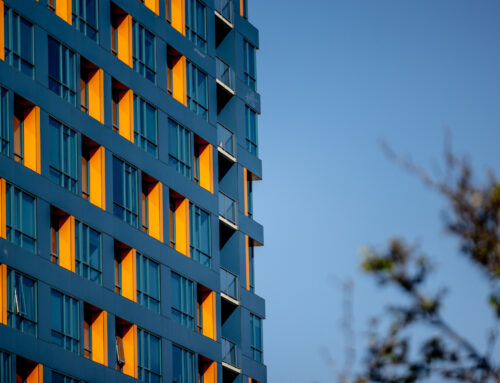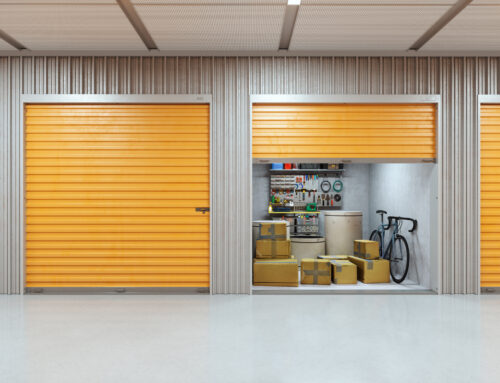Virtual reality is one of the most powerful and revolutionary technologies hitting commercial real estate right now.
While already widely applicable to the residential side of things, this technology is quickly becoming more prevalent in the commercial arena. It’s catching the attention of investors, developers, and construction professionals across the globe – and for good reason.
Virtual reality is expanding the possibilities of commercial building, opening up new doors and potentials by bridging the gap between brick-and-mortar and 3D digital technologies.
Today’s Virtual Reality is Easier, Faster, and Affordable
While VR has always been attractive to CRE construction pros, it wasn’t necessarily applicable to every bracket of the business. Virtual reality property simulations were expensive to create, difficult to navigate, and took a long time to develop.
But, the technology has come a long way since then and is adjusting to these industry pain-points.
Today’s VR is easy, quick, and affordable – making it more attractive than ever before. Construction professionals can create VR-generated counterparts for all of their projects, not just the multi-million dollar ones.
This new industry standard is spreading like wildfire, and it’s establishing new creative ways to infuse VR in construction.
Here are 3 ways that VR is being used to enhance CRE construction:
VR Mitigates Risks and Streamlines Development
When you’re able to truly ‘see’ the fully-built, 3D, isometric property; construction companies are able to avoid any potential issues before they actually become a problem.
This is helping construction firms save time, money, and resources by overcoming errors in the digital sphere before they’re made in the physical building. It’s much easier to click a few buttons than to dismantle a physical structure for a do-over.
Providing Unprecedented Precision
As commercial projects get even more complex, visualization precision is a must – and VR delivers.
Virtual reality is creating stunning digital simulations of properties, right down to the real-life surroundings and smallest details. This expands the building possibilities, boosts creativity, and provides a new aspect to marketing.
Plus, it’s helping teams stay on top of long-winded development projects. It keeps the vision strong throughout the entire process.
Boosting Pre-Development Deals
Since VR enables people to digitally explore property plans, it’s fueling more pre-construction deals for CRE.
VR models can be shown to potential clients, investors, and buyers who are more likely to seriously move forward with a deal since they can actually ‘see’ their future space. This enables larger-scale collaborations between tenants and CRE construction teams to happen in a way that’s never been done before.
Industry Concerns Regarding VR-Powered Construction
Alongside all of these benefits, there are quite a few drawbacks associated with construction’s integration of VR.
First of all, VR is a complex technology, so it’s taking some time to become a solid part of commercial building. Slow adopters to the trend aren’t seeing the value of these highly-detailed virtual models which is stunting the capacity for VR to fully permeate the domestic market.
Plus, there are certain privacy concerns. In the era of cyber-security threats, everyone is a tad skeptical about putting their plans on a web platform – especially when it needs to pass through the hands of VR site developers. These exchanges prevent CRE from exploring the possibilities that virtual reality has to offer.
Meanwhile, other countries are making the most of VR-construction collaborations - especially in Asia. In 2020, NREI reports that less than ⅓ of US construction companies are using VR. This can potentially cause the US market to fall behind.
But, the hope is still there, and VR will keep pressing on CRE until the value is simply undeniable.






